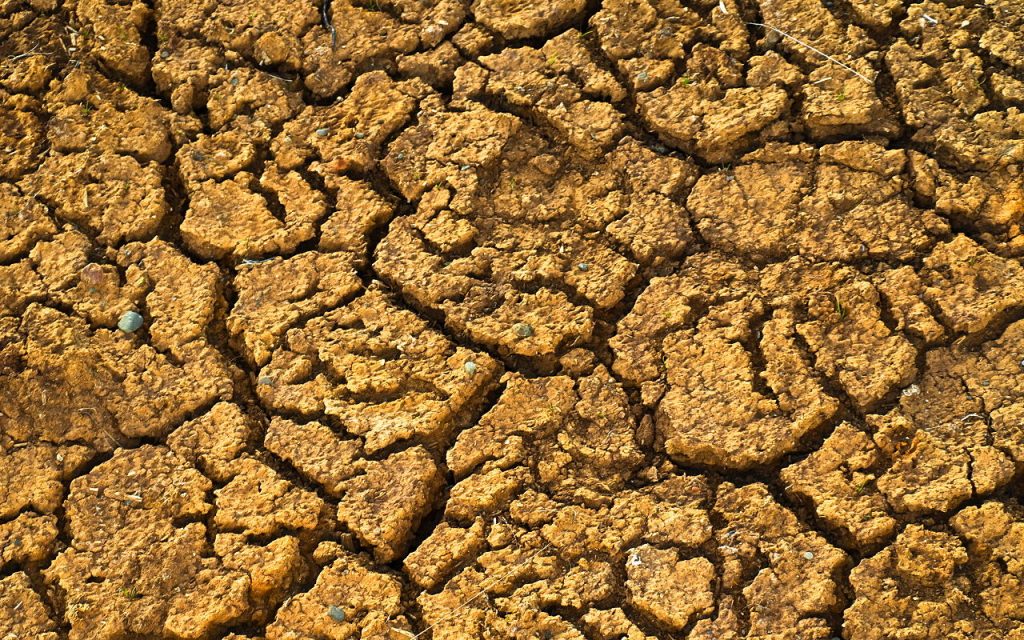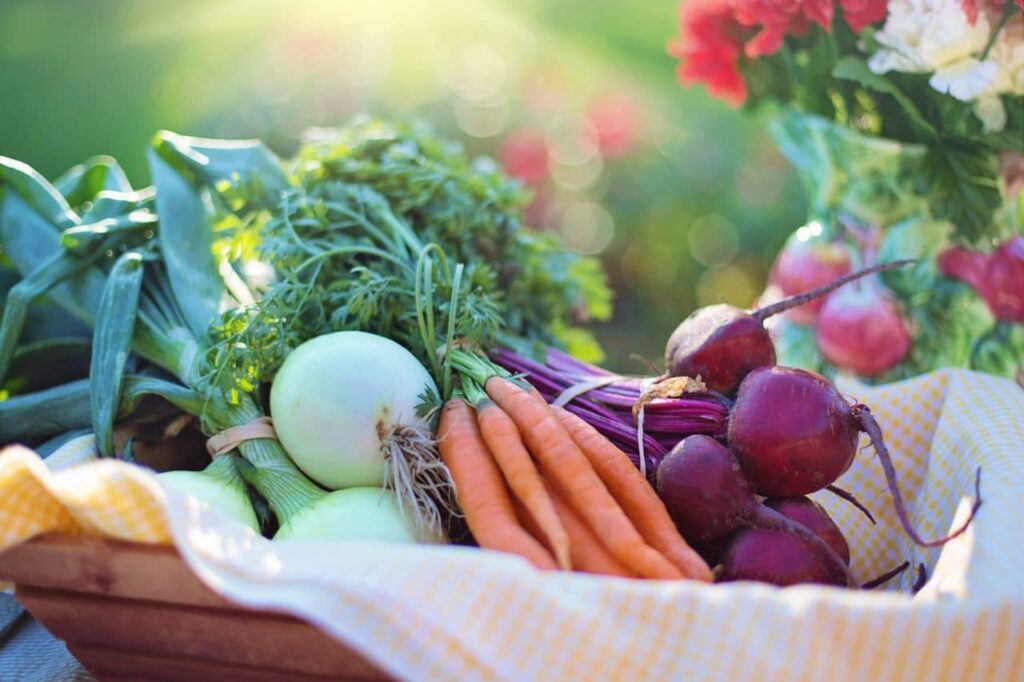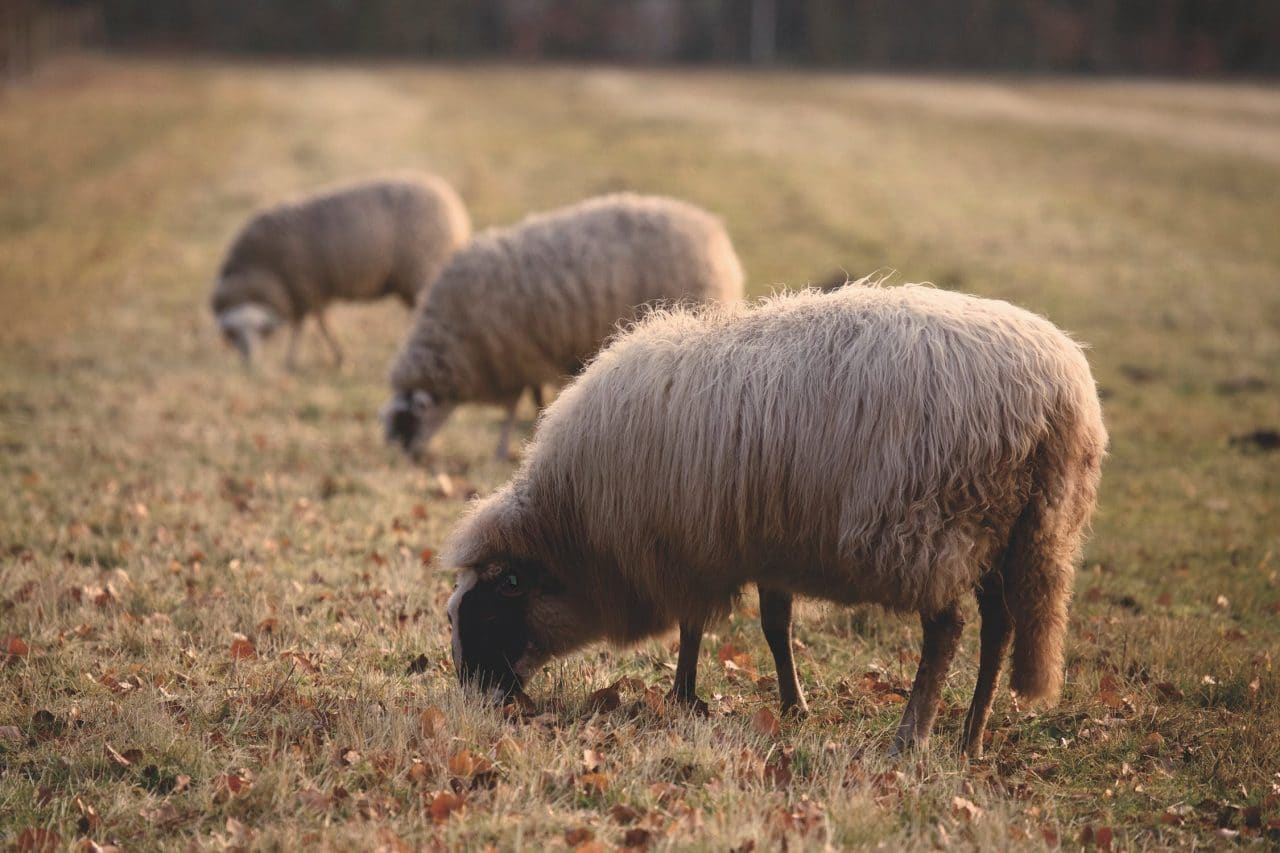Overgrazing refers to what happens when livestock feeds on pasture to the point where there is no vegetation left. When animals deplete the fully-grown wildlife, they move onto underdeveloped plants without giving them enough time to fully mature. This can also happen in the wild when a particular group of animals has their natural travel patterns restricted.
Overgrazing can have devastating environmental implications. When we combine it with other hazards like overpopulation and urbanization, it can spell the end of sustainable life on earth.
What Causes Overgrazing?
There are many causes of overgrazing. Some of these causes are man-made, and others are completely unavoidable. You never know when a drought will strike, and a simple decline in precipitation could mean the end of a typically lucrative farming space.
Man-made overgrazing usually happens when landowners become irresponsible. They don’t treat the land with the respect that it deserves and allow their livestock to roam unchecked. Below are some of the common causes of overgrazing.
Overstocking
Overstocking is when farmers have too many animals for the grazing space. Eventually, the large population of animals will wipe out the vegetation in the area before it can replenish.
After they’ve decimated the area’s vegetation, there won’t be any more plant material to feed them, and overgrazing occurs. Plants need time to regrow after livestock eat them and having too many animals on a small piece of land will undoubtedly lead to overgrazing.
Drought
Drought is one of the common causes of overgrazing throughout the world. Farmers can’t control the amount of rain they’re getting, and extended droughts often mean livestock are grazing on a pasture that won’t replenish.
Lack of precipitation means plants and grass will die, leaving fewer options for livestock in the area. A farmer’s livestock will eventually eat the plants that survive, but since there isn’t any rain to replenish crops, any grass or plants an animal eats won’t grow again.
Water is the life blood of this planet, and when we don’t get enough everything suffers. Animals don’t get their food and eventually die, putting humans at risk as well.
Improper Food Management
Failing to utilize the feeding area of your livestock or wildlife properly is one of the most frequent causes of overgrazing. A farmer or wildlife provider needs to properly cycle their livestock and allow new seeds to grow while animals feed on older, more established vegetation.
If a person allows their livestock to roam freely without direction, they’ll often feed on anything in front of them. A lot of the time, this leads to animals feeding on plants that have yet to establish substantial roots.
If we allow this process to continue, young plants won’t grow into adulthood, and won’t produce enough food for the grazing livestock. Additionally, the nutrients in the soil will degrade and accelerate the overgrazing effect.
Irresponsible Use of Land
Farmland can be fragile and using the land for other purposes can devastate the ability for vegetation to flourish in a particular area. If the farmland is home to logging, mining, pollution, and poor farming practices, crops will eventually fail to grow where you need it.
All of the previously mentioned activities compromise the underlying system’s plants use to grow. They strip the local soil of nutrients and make it impossible to plant more vegetation on which livestock can graze.
If your farming on this land, overgrazing will happen rather quickly. Livestock will consume what food there is left in the area, and the soil degradation means other plants can’t grow in its place.
How Does Overgrazing Put Us in Danger?

Overgrazing isn’t isolated to a loss of profits for the farmer. It can have widespread effects on our ecosystem, as well as our ability to get food.
Most people in Western society rely on farmers to get their food. For that reason, it’s essential for farmers to know how to avoid overgrazing, or they risk putting the human population in danger.
Destruction of Natural Environments
Overgrazing has powerful effects when it comes to natural environments, and the implications stretch further than the plot of land on which animals graze.
Stripping an area of vegetation is also stripping it of water, accelerating the process of desertification in dry regions of the world. The soil won’t hold the water or nutrients needed for plant life to take hold, meaning the entire plot becomes useless for most farming and wildlife animals.
When the soil can still support life, it’s often not the life that we’d like to see in the area. Weeds and other adaptive, resilient plants pop-up in place of their nutritional alternatives. The result is the loss of plant species in a particular area, which can lead to the loss of animal species as well.
The area of effect is not limited to a plot of land, however. Overgrazing tampers with the natural water cycle of an area and leads to pollution in the form of farming chemicals and animal waste. These pollutants can contaminate the local drinking water and oceans alike.
Soil Erosion
Soil erosion is one of the first impacts of overgrazing you’ll see. The animals that continue to graze will eventually eat all the vegetation in the area, leaving the soil bare. Without any plant life to protect it, the soil will feel the effects of harsh weather conditions such as heavy rain and direct sunlight.
The constant trampling associated with cultivating livestock will only accelerate the loss of vegetation. Pretty soon, the area will be bare of fully-grown vegetation, and the animals will start to feed on any scraps they can find. This means eating newly planted vegetation before giving it a chance to develop fully.
Food Shortage
A famine or food shortage is one of the worst-case scenarios when considering overgrazing. Stripping an area of the ability to harbor nutrient-rich life is one less place we can plant our food and raise our livestock. Overgrazing can turn a lush pasture into a desert in a relatively short period.
Our expanding population means we need more food than ever, but it also means we need more space than ever. We’re becoming more urbanized as a society, which means developers are turning farmland into residential space.
When overpopulation, urbanization, and overgrazing combine, the results are devastating. We don’t have enough room to grow our food, and overgrazing is destroying what room we have left.
When cattle don’t have the pasture, they need to eat and gain weight, they won’t survive as long and can’t feed as many people. The ultimate price of overgrazing is the death of livestock, which leads to the end of humans.
What Can We Do to Prevent Overgrazing?

If we allow overgrazing to go unchecked, it will eventually wipe-out the entirety of the farmland we have available. After that, it’s only a matter of time before livestock starts depleting, and famine sets in.
Thankfully, there are several responsible ways we can cultivate livestock and prevent overgrazing. Overgrazing isn’t a necessary part of farming. If done correctly, we should be able to use a particular spot of land for farming without facing an overgrazing situation.
Proper Land Assessments
Assessing the state of land is one of the essential ways we can avoid – or even reverse – the effects of overgrazing. Developers and potential farmers need to consider environmental factors of an area before developing houses or establishing farmland.
We need to work together to make sure we’re getting the most out of a particular area. Of course, we need places to live, but we shouldn’t be sacrificing lush pastures for housing while relegating suboptimal land for farming.
Responsible Livestock Management
Overstocking animals is extremely irresponsible, and farmers should avoid doing this at all costs. Having too many animals on a small plot of land will undoubtedly lead to overgrazing and the eventual desertification of an area.
Avoiding overstocking is relatively easy. It can be a bit more complicated to learn and implement responsible livestock grazing practices for your particular area.
There are a few different techniques you can use to cycle your livestock, and each has its benefits for specific areas of farmland. If you take the proper steps, plants will replenish throughout the year, and you won’t have to worry about overgrazing. Nature will take the reins and take care of the land for you.
Farming Responsibly
Several environmental factors contribute to overgrazing, but most of them are man-made. We tend to try to get the most profit out of an area without thinking of the long-term repercussions. Some farmers want to get the most livestock they can in a small area and don’t consider the fact that they might be dooming future civilizations.
The only answer to overgrazing is responsible farming techniques. We can’t avoid droughts and dry spells, but we can prevent overstocking and other factors that lead to overgrazing.
If we continue down the path of overgrazing, we may face famine shortly. Thankfully, many farmers are choosing sustainability over short-term gain. Try to reward these local farmers and companies with your business, which will allow them to continue to grow sustainable food for our consumption.









